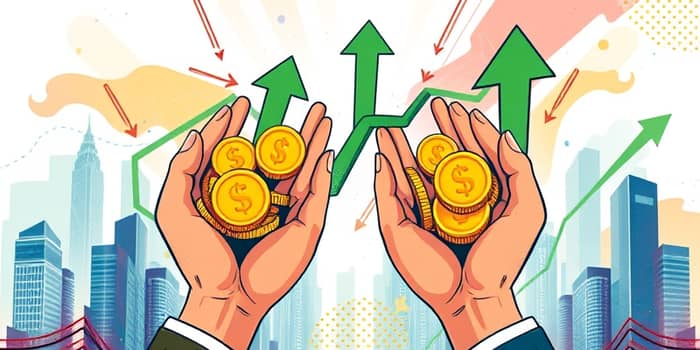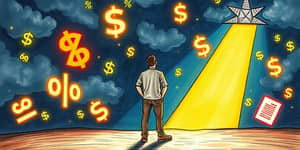
Every financial journey presents choices. Will you let debt become your rescue raft, always bailing water, or will you harness it as a powerful tool for unprecedented growth? Shifting your mindset can make the difference between perpetual survival and thriving success.
Debt doesn’t have to be a burden; when wielded thoughtfully, it can ignite opportunities and catalyze wealth creation.
Financial leverage involves strategically amplify investment returns by using borrowed funds to expand potential gains. In contrast, a lifeline mentality treats loans as emergency fixes—patching holes in a sinking ship rather than navigating toward new horizons.
This distinction is more than semantics. Viewing debt as a lifeline can trap you in high-interest obligations that drain resources. Conversely, adopting a leverage mindset positions each loan as a stepping stone toward greater financial independence.
Not all borrowing is created equal. The key lies in evaluating whether the funds will generate returns that exceed the cost of borrowing.
Understanding and monitoring leverage ratios equips you to balance risk and reward. Consider these core metrics:
Regularly reviewing these figures ensures you’re not overextended and helps you pinpoint optimal borrowing levels.
U.S. household debt soared to $17.69 trillion in Q1 2024, underscoring how widespread borrowing has become. Meanwhile, corporate debt-to-GDP nearly doubled from 50% in the early 1980s to almost 100% by 2019.
These figures reveal two sides of the same coin: while leverage can power growth, unchecked expansion can heighten vulnerability during economic downturns. A disciplined approach distinguishes sustainable strategies from precarious ones.
Transforming your relationship with debt begins with intentional planning. Consider these actionable steps:
Approach each borrowing opportunity as a calculated investment, not a safety net for mismanaged finances.
Leverage magnifies outcomes—both gains and losses. If an investment underperforms, you still owe the principal and interest, risking asset forfeiture or deeper financial strain.
To mitigate these dangers, maintain an adequate cash reserve for contingencies and monitor your leverage ratios closely. Setting clear thresholds for maximum borrowing helps prevent overextension during volatile markets.
Every loan presents a choice: use it as a lifeline that simply prolongs financial strain, or harness it as a lever to build lasting prosperity. By distinguishing good debt from bad, measuring your leverage, and adopting disciplined repayment strategies, you can transform borrowing into an engine for growth.
Start today by evaluating your current debts. Identify one opportunity where a strategic loan could unlock significant returns. With the right mindset, borrowing becomes a gateway to opportunity, empowering you to craft a future defined by financial resilience and success.
References













